Indian team develops new drug delivery system to treat Rheumatoid Arthritis
Tue 04 Feb 2025, 23:51:07
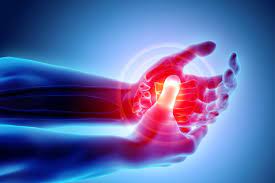
A team of Indian researchers have developed an innovative “self-actuating” drug delivery system that can change the treatment of Rheumatoid Arthritis (RA).
Rheumatoid Arthritis (RA) is a chronic autoimmune disease that primarily affects the joints, causing pain, swelling, stiffness, and reduced mobility. Unlike osteoarthritis, which results from wear and tear, RA occurs when the immune system mistakenly attacks the synovium—the lining of the joints—leading to inflammation and joint damage over time.
The new treatment targets inflammation directly within the joints so that therapeutic agents are released only when needed. The approach is different from traditional treatments that often rely on systemic drug administration.
The traditional approach not only carries the risk of significant side effects but also requires frequent dosing due to the rapid clearance of drugs from inflamed joints and is a challenge for long-lasting, localised relief.
Researchers from the Institute of Nano Science and Technology (INST) Mohali have developed a smart system that responds directly to the biochemical signals in the
inflamed synovial environment.
inflamed synovial environment.
"The system uses specially designed microspheres loaded with methotrexate, a commonly used anti-rheumatic drug. These microspheres are engineered to sense inflammation in joints and release the drug only when needed, minimizing side effects and improving therapeutic outcomes," the Ministry of Science & Technology said in a release.
The team led by Dr. Rahul Kumar Verma developed a formulation of polymer-lipid hybrid micro-composites, where the lipid component (soya lecithin) ensures high drug encapsulation efficiency, and the polymer component (gelatin) provides responsiveness to Matrix metalloproteinases (MMP). The system leverages the unique biochemical signals present in the inflamed synovial microenvironment.
The study published in the journal Biomaterial Advances offers a safer, more effective alternative to current RA treatments by eliminating the need for frequent drug injections and reducing systemic toxicity.
The system enhances drug effectiveness by improving bioavailability and retention in the affected joints, leading to longer-lasting relief with fewer doses.
No Comments For This Post, Be first to write a Comment.
Most viewed from Health
AIMIM News
Latest Urdu News
Most Viewed
May 26, 2020
Where should be the burial of the pilgrims martyred in the Saudi Arabia bus accident?
Latest Videos View All
Like Us
Home
About Us
Advertise With Us
All Polls
Epaper Archives
Privacy Policy
Contact Us
Download Etemaad App
© 2025 Etemaad Daily News, All Rights Reserved.

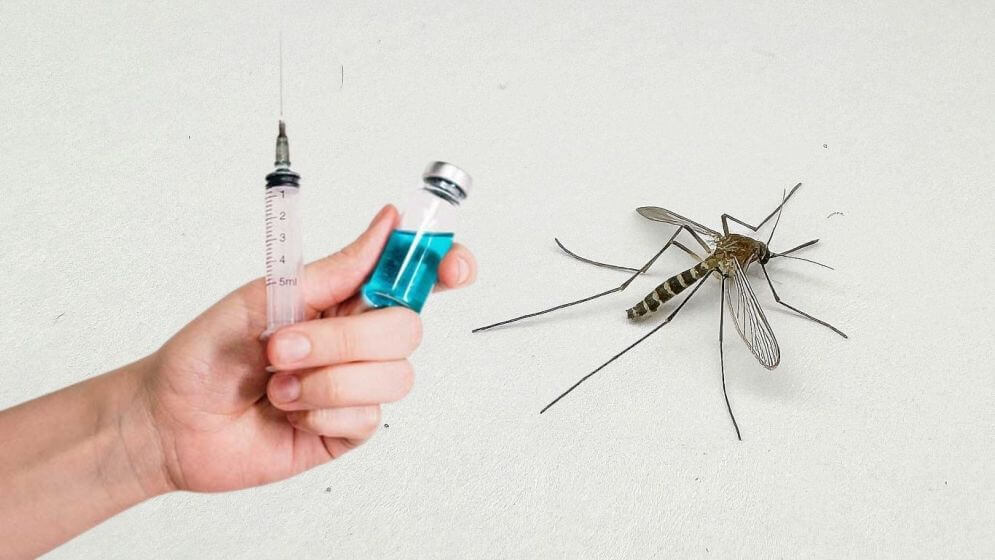


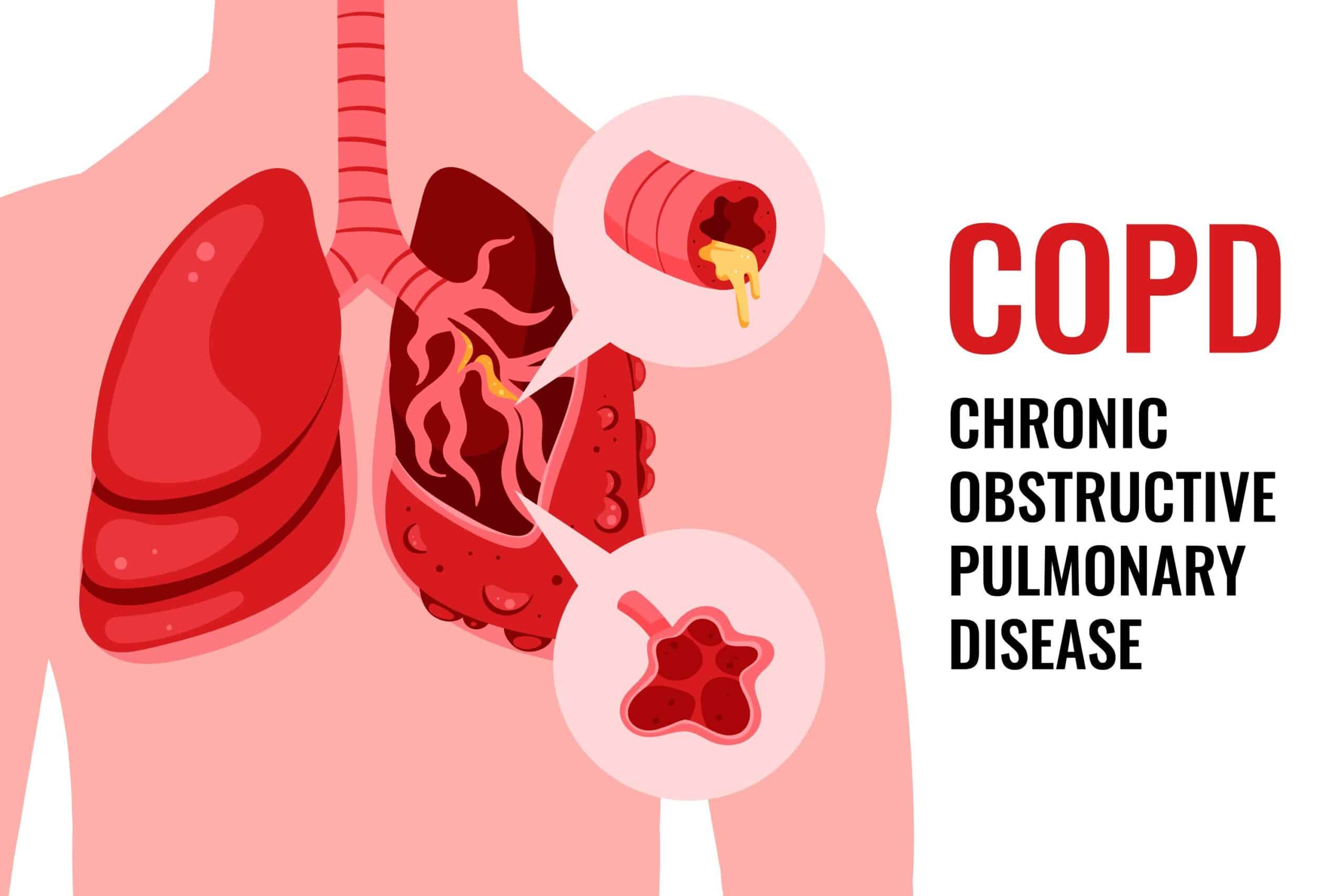
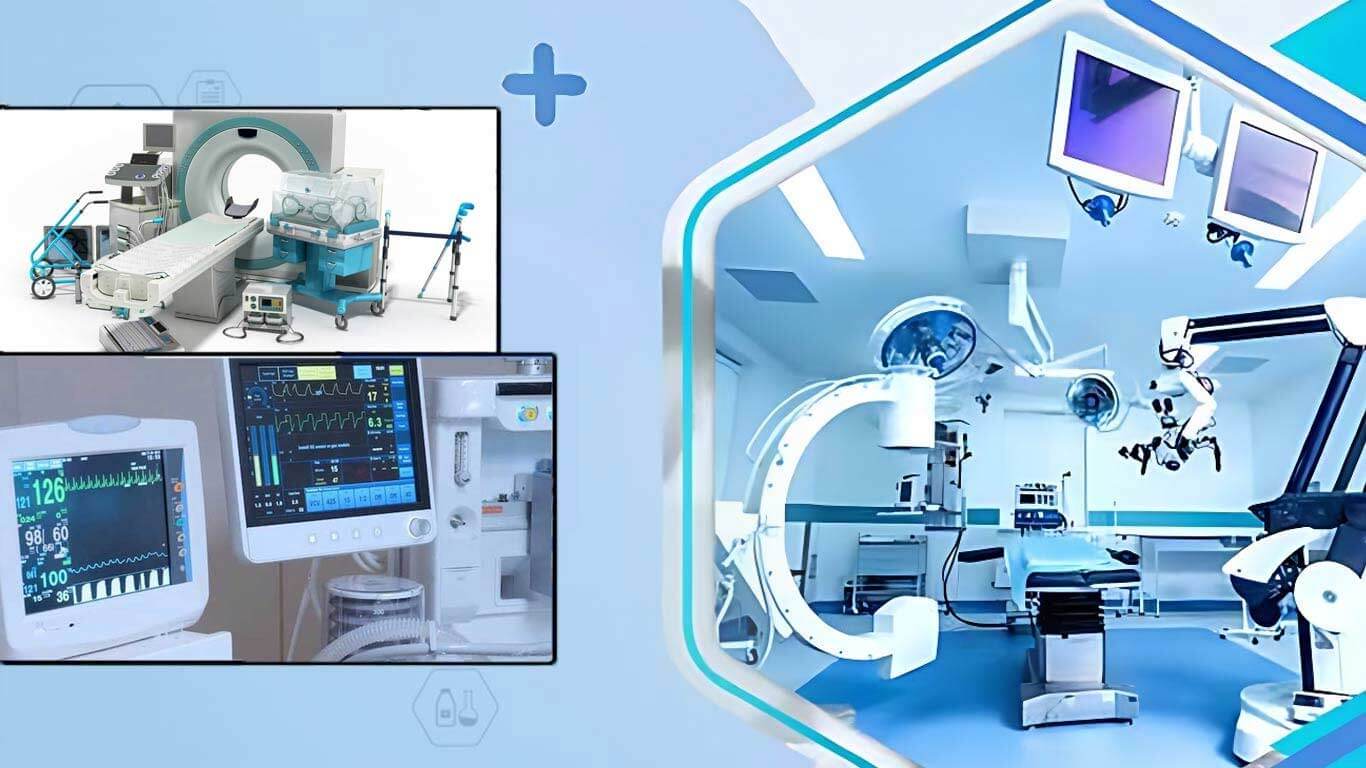




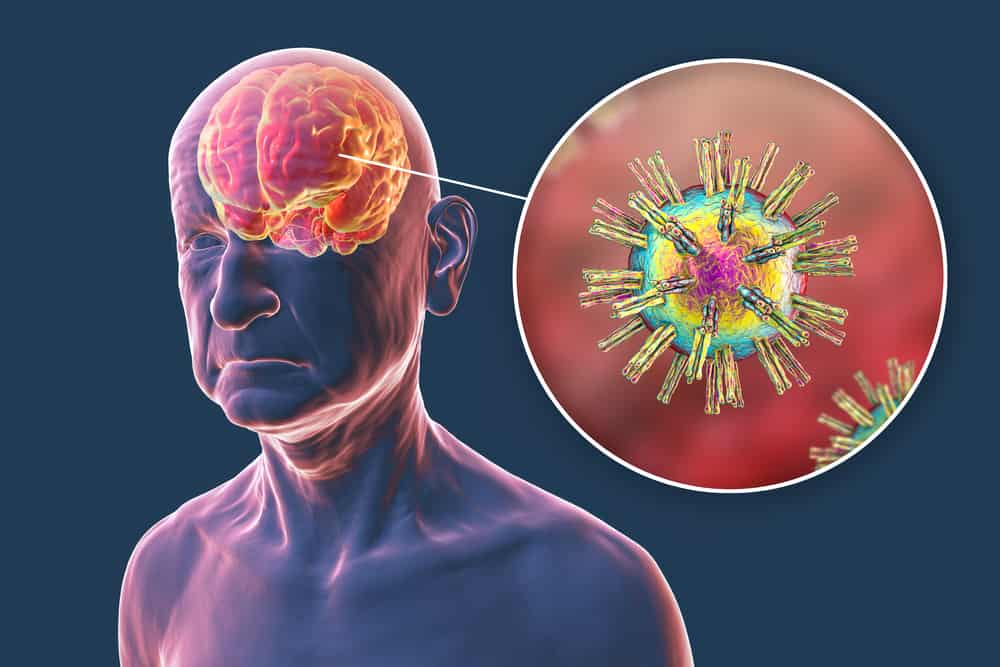














.jpg)
.jpg)
.jpg)


